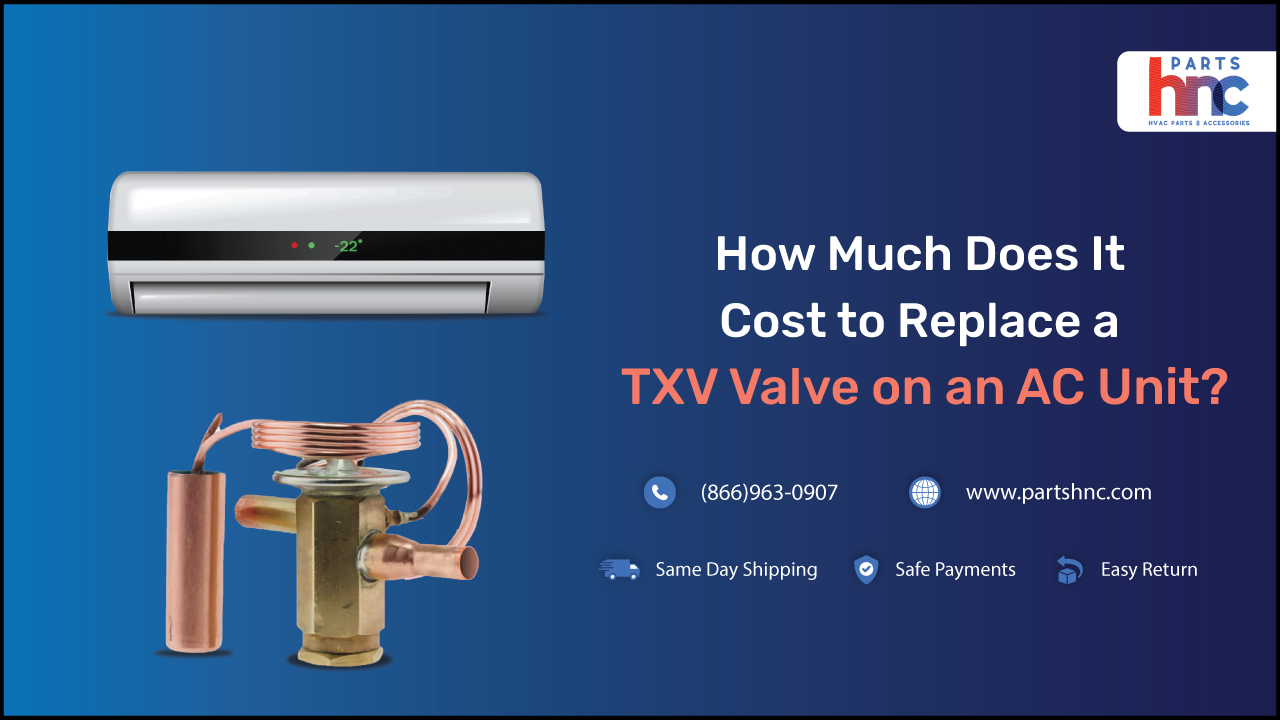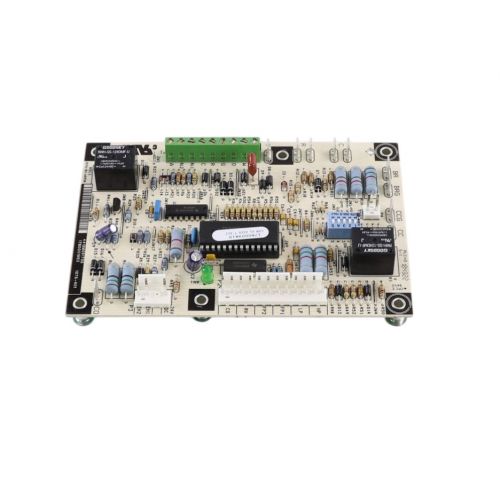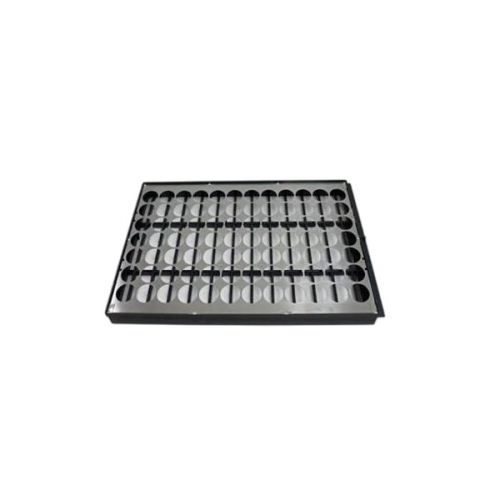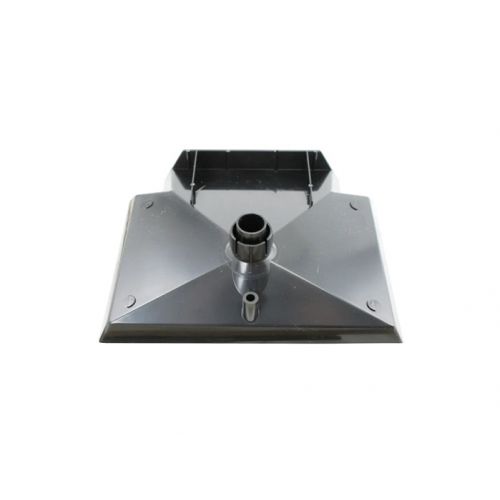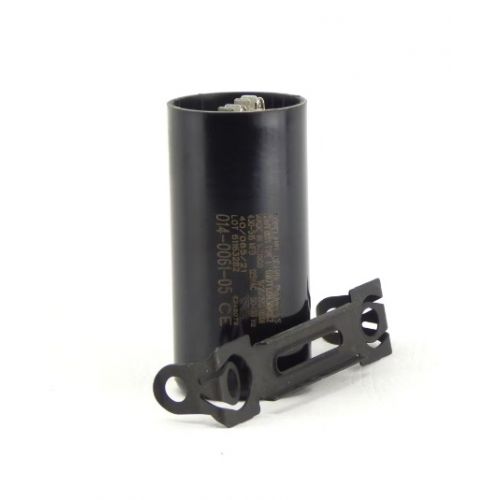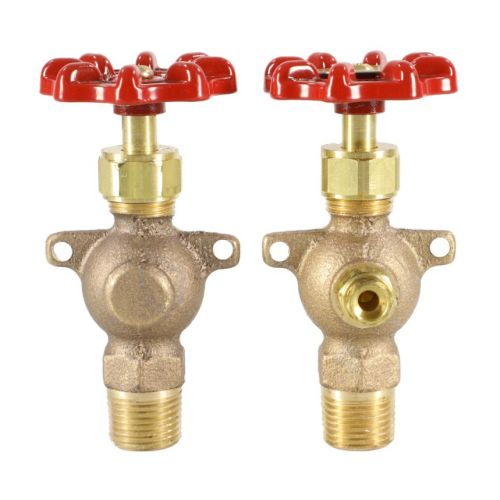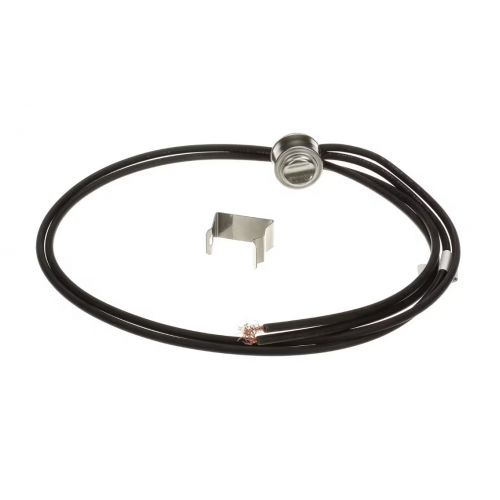Cost Estimate for TXV Valve Replacement on an AC Unit
In the realm of air conditioning systems, the thermostatic expansion valve (TXV) plays a pivotal role in regulating refrigerant flow, and ensuring optimal cooling efficiency. However, like any mechanical component, thermal expansion valves can degrade over time, necessitating replacement. As homeowners and businesses alike seek to maintain their cooling infrastructure, understanding the financial implications of a TXV valve replacement becomes crucial. This article delves into the factors influencing the cost of replacing a TXV valve on an AC unit, exploring the intricacies of the process, the variables that impact pricing, and offering insights to help individuals make informed decisions when faced with this essential maintenance task.
Table of Contents
- What Is the Thermal Expansion Valve and How Does It Work?
- Understanding Different Types of TXV Valves
- Common Thermal Expansion Valve Issues
- Average Cost of Replacing a TXV Valves
- AC Expansion Valve Replacement Cost Breakdown
- Factors That Affect AC TXV Valves Replacement Costs
- DIY Vs professional replacement of AC expansion valves
- Tips for Cost Savings on TXV Valves
What Is the Thermal Expansion Valve and How Does It Work?
The Thermal Expansion Valve (TXV) is a vital component in air conditioning systems, responsible for precisely regulating the flow of refrigerant into the evaporator coil. Functioning as a sophisticated control mechanism, the TXV ensures that the refrigerant enters the coil at the optimal rate to absorb heat and facilitate efficient cooling. Operating on the principle of thermal sensing, the valve responds to changes in temperature, adjusting the refrigerant flow accordingly. By maintaining a delicate balance, the AC expansion valves enhance the system's overall performance, contributing to energy efficiency and the longevity of the air conditioning unit. Understanding its role is pivotal for those seeking to comprehend and troubleshoot AC system dynamics.
Understanding Different Types of TXV Valves
Thermostatic Expansion Valves (TXVs) are indispensable components in refrigeration systems, finding application in a variety of appliances requiring efficient cooling, such as A/C units, refrigerators, and ice makers. Among the two primary types of TXVs are Internally Equalized Valves and Externally Equalized Valves, each serving a specific purpose in the realm of cooling systems.
Internally Equalized Valves
These TXVs are predominantly found in home refrigeration units. Operating within a single circuit, internally equalized valves depend on the delicate balance of pressure within the system to maintain optimal superheat. As the refrigerant flows through the valve, internal mechanisms adjust to ensure the right pressure, contributing to efficient cooling in smaller-scale applications like household air conditioning and refrigeration units.
Externally Equalized Valves
In contrast, externally equalized TXVs are commonly employed in more substantial HVAC systems. Unlike their internal counterparts, externally equalized valves operate without the pressure-related constraints within the system. This characteristic makes them well-suited for larger refrigeration applications, such as industrial HVAC systems. The absence of internal pressure limitations allows for more flexibility and adaptability in handling the demands of significant cooling systems.
Understanding the distinctions between internally and externally equalized txv valve HVAC systems is paramount for effective troubleshooting and maintenance. It empowers technicians and homeowners alike to diagnose issues accurately, ensuring that the appropriate measures are taken to maintain the optimal performance of the cooling system, whether in a household appliance or a large-scale industrial HVAC setup. Discover a wide range of air conditioner parts at PartsHnC for all your HVAC needs. From capacitors to compressors, find quality components for efficient repairs and maintenance.
Common Thermal Expansion Valve Issues
When the TXV thermal expansion valve in your AC unit malfunctions, it disrupts the precise regulation of refrigerant flow, triggering a cascade of potential problems. Identifying these issues is crucial, though the symptoms can sometimes overlap with malfunctions in other AC components. Therefore, seeking the expertise of an HVAC professional for an accurate diagnosis is highly advisable. Here are the bad expansion valve symptoms:
- Constant Running: Continuous operation is a red flag for a malfunctioning TXV. The inability to regulate refrigerant flow causes gas buildup, compelling the compressor to operate continuously, irrespective of the home's temperature. This not only compromises energy efficiency but can also lead to premature wear and tear on the system.
- Fluctuating Temperatures: TXV issues manifest in varying air temperatures from your vents. Inconsistent refrigerant flow due to a faulty TXV can result in alternating bursts of warm and cool air, creating discomfort and an inefficient cooling process.
- Warm Air: A malfunctioning AC TXV Valve may lead to the emission of warm or hot air from the vents. While this symptom could indicate other problems like low refrigerant levels or valve leaks, a professional inspection is essential to accurately diagnose and address the issue.
- Frost: Improper TXV operation can cause frozen coils, evident when frost accumulates on the AC unit. This not only hampers the unit's cooling efficiency but can also lead to potential damage if not addressed promptly. Seeking the expertise of an HVAC contractor is necessary to rectify this issue.
- Short Cycling: If your AC cycles on and off rapidly, the TXV may be at fault. However, short cycling can also point to other issues, necessitating a professional diagnosis to identify the root cause and implement the appropriate solution.
- Strange Noises: Unusual sounds emanating from your AC unit should never be ignored. While not exclusive to the TXV thermal expansion valve, these noises signal an underlying problem within the system, emphasizing the need for inspection and repair by a professional HVAC technician to prevent further damage and ensure optimal performance.
Average Cost of Replacing a TXV Valves
The TXV valve replacement cost in your AC system varies based on factors like home size and the complexity of the job. On average, homeowners can expect to spend around $470 for TXV valve replacement. However, costs can range from a low of $185 to a high of $750. It's essential to consider the specifics of your HVAC system and consult with professionals to get accurate estimates. Investing in a timely replacement ensures the efficient functioning of your air conditioning unit, contributing to long-term energy savings and optimal cooling performance.
AC Expansion Valve Replacement Cost Breakdown
When delving into the TXV valve replacement cost in your AC system, it is vital to comprehend the breakdown of expenses, considering both materials and labor. Although a DIY approach is not recommended due to safety and efficiency concerns, understanding the cost breakdown aids in budgeting for this essential maintenance task.
Materials
The expenditure on materials for a thermal expansion valve HVAC systems typically ranges from $65 to $450, with an average cost of $260. The influencing factors include the size of your air conditioner (with higher tonnage leading to increased prices) and the brand and quality of the replacement part. Opting for an Original Equipment Manufacturer (OEM) part is advisable, ensuring a proper fit and efficient operation of the valve.
Labor
The process of AC expansion valve replacement is generally a two-hour task for most HVAC contractors. Labor costs, typically ranging from $80 to $150 per hour, depend on factors such as the size and accessibility of your air conditioning unit. On average, homeowners can expect total labor expenses to fall within the range of $120 to $300, with an average cost of $210. Choosing professional installation guarantees the proper functioning and longevity of your AC system, underscoring the importance of skilled expertise in the intricate process of TXV replacement.
Factors That Affect AC TXV Valves Replacement Costs
The cost of replacing thermal expansion relief valve in air conditioning systems is influenced by various factors that extend beyond the fundamental expenses of materials and labor. Understanding these considerations is crucial for homeowners to anticipate potential variations in the overall repair cost.
-
- Time of Year: The timing of the replacement can significantly impact costs. HVAC contractors often face peak demand during the summer months due to increased air conditioning usage. This heightened demand can lead to higher labor costs. To potentially save on expenses, scheduling maintenance or replacements during the off-season, such as winter, may offer more cost-effective solutions.
- Accessibility: The location and accessibility of the AC unit play a crucial role in determining labor costs. Challenging-to-reach units may require more time for replacement, impacting overall labor expenses. Factors such as tight spaces or difficult installations can contribute to increased AC TXV valve replacement cost.
- Location: Geographical location also plays a role in determining labor rates. Urban or coastal areas with a higher cost of living generally experience elevated hourly labor rates. Similarly, remote locations may incur higher labor charges due to limited availability of HVAC technicians, leading to increased service costs.
- AC Size: The size of the air conditioning unit, measured in tons, directly influences costs. Smaller units, typically ranging from 1.5 to 3 tons, often have more affordable TXVs compared to larger industrial-sized units ranging from 3 to 5 tons. The size of the unit impacts both the cost of the replacement part and the labor involved in the installation.
- Warranty: The warranty status of the AC unit is a critical consideration. If the system is still under warranty, the manufacturer may cover the cost of the replacement part. However, homeowners may still be responsible for labor expenses, so carefully reviewing the warranty terms is essential to understanding the financial implications.
- Additional Problems: Unforeseen issues discovered by HVAC contractors during the AC expansion valve replacement process can contribute to increased costs. Complex repairs, such as replacing an AC compressor or condenser, significantly add to the overall expense. Homeowners should be prepared for potential additional expenditures based on the complexity of the job, emphasizing the importance of thorough diagnostics and inspection during the replacement process.
DIY Vs professional replacement of AC expansion valves
In almost every scenario, opting for professional HVAC contractors is recommended for AC expansion valve replacement. The complexity of the task, coupled with the need for specialized tools and a deep understanding of the cooling process, makes it challenging for the average homeowner to tackle. Professional installation ensures a thorough and accurate job, minimizing the risk of errors. However, for those considering a DIY approach, the primary expense is the TXV replacement cost, averaging around $260. Keep in mind that additional costs may arise if tools need to be purchased or rented. When seeking professional help, it's advisable to gather recommendations, read online reviews, and obtain quotes from at least three contractors to compare prices.
|
AC Expansion Valve Cost Type |
Average AC Expansion Valve Cost |
|
DIY Average Cost |
$260 |
|
Pro Installation Average Cost |
$470 |
Tips for Cost Savings on TXV Valves
Efficient management of Thermal Expansion Valve (TXV) replacement costs involves strategic decision-making and proactive measures. Consider these tips for maximizing cost savings:
-
- Regular Maintenance: Schedule routine maintenance during the off-season to identify potential issues early. Addressing problems promptly can prevent extensive damage, reducing overall repair costs.
- DIY Consideration: While professional installation is recommended for TXV replacement, homeowners with adequate skills may choose a DIY approach. Be cautious and ensure you possess the necessary expertise to avoid costly mistakes.
- Competitive Quotes: Obtain quotes from multiple HVAC contractors to compare prices. This allows you to choose a reliable professional offering competitive rates for both materials and labor.
- Warranty Coverage: Check your AC unit's warranty. If the system is still under warranty, the manufacturer may cover the cost of the replacement part, alleviating a significant portion of the financial burden.
- Bundle Services: If additional HVAC services are required, consider bundling them with the TXV replacement. Some contractors offer discounts for comprehensive service packages.
- Energy-Efficient Options: When replacing the thermal expansion relief valve, explore energy-efficient models. While they may have a higher upfront cost, the long-term energy savings can offset the initial investment.
By adopting these cost-saving strategies, homeowners can navigate TXV replacement expenses more effectively while ensuring the longevity and optimal performance of their air conditioning systems. The cost of replacing a Thermal Expansion Valve (TXV) in an AC unit is influenced by various factors, as explored in this article. From the type of TXV to the timing of the replacement and additional considerations like accessibility and location, homeowners are provided with a comprehensive understanding of the variables affecting overall expenses. Choosing between DIY and professional installation, along with prudent cost-saving tips, ensures that individuals are well-equipped to make informed decisions when faced with the crucial task of TXV valve replacement.
FAQs
How long does it take to replace a TXV valve?
The time to replace a TXV valve varies, but it typically takes a few hours for a qualified technician.
When should I replace my AC expansion valve?
Replace your AC expansion valve if you notice poor cooling performance, inconsistent temperatures, or refrigerant-related issues.
How do you test a TXV valve?
Test a thermal expansion relief valve by measuring superheat and subcooling, checking for proper refrigerant flow, and inspecting the valve for visible issues.
What happens if TXV valve goes bad?
If a TXV valve goes bad, it can lead to issues like insufficient cooling, frost or ice buildup, and potential compressor damage in the HVAC system.


